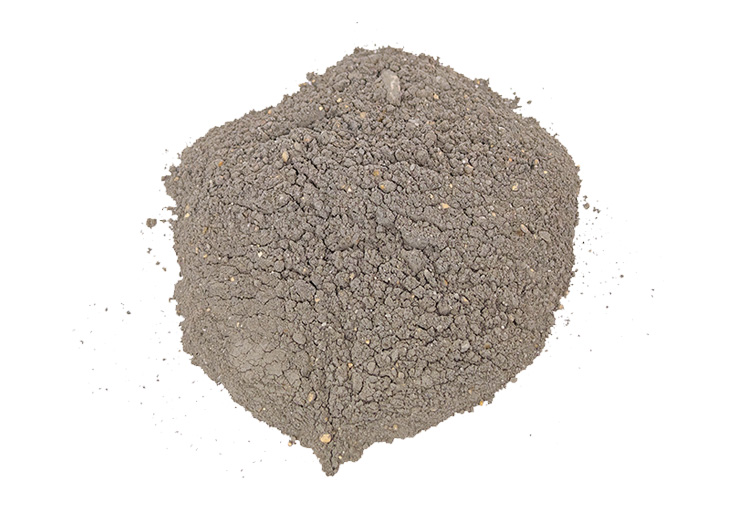
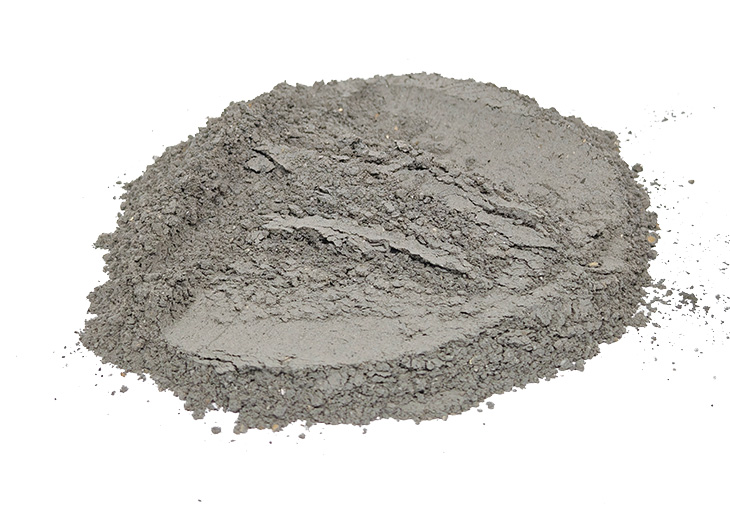
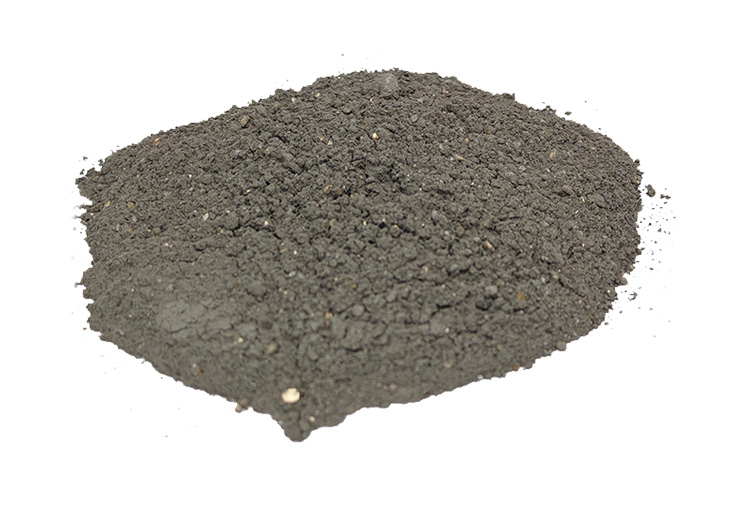



High temperature and high strength repair material is a special material used to repair equipment and structures in high temperature environments.
High-temperature and high-strength repair material is composed of high-strength aggregate, binder, wear-resistant additives and appropriate amount of admixture powder. It is a high-aluminum-content hydraulic unshaped refractory material made through mixing, stirring, molding, curing and other processes.
(1) High strength, wear resistance, and strong pressure resistance;
(2) Good corrosion resistance;
(3) Good thermal stability and excellent high temperature resistance;
(4) Fast hardening and drying speed, saving time;
(5) Good durability and long service life;
(6) Easy to use, cast and easy to construct.
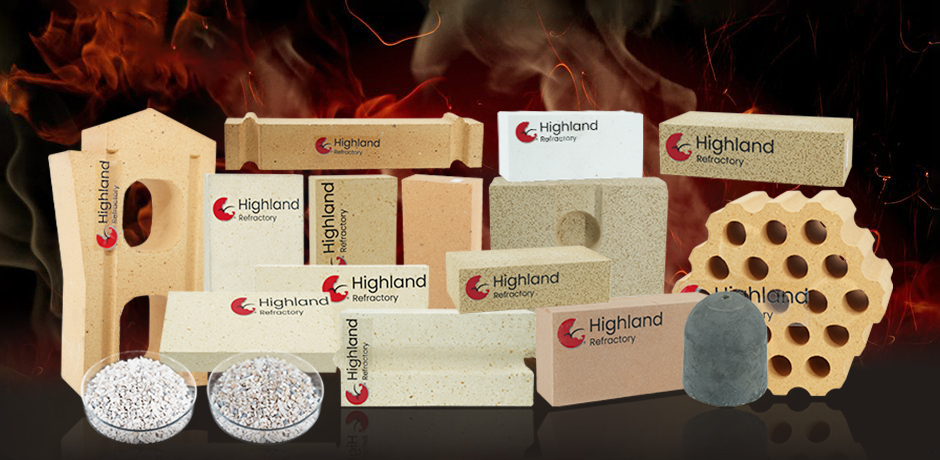
(1) Widely used for cold and local emergency repair of ladles. The workability of the product can be adjusted according to different usage methods. It can also be used for small-capacity, thin-walled, and complex-shaped ladle linings.
(2) Emergency repair and routine maintenance repair of the furnace body, furnace throat, iron tapping ditch, slag tapping ditch, and slag skimmer of iron-making blast furnaces.
(3) Emergency repair and routine maintenance repair of the furnace bottom, bridge, forehearth, iron tapping port, and slag tapping port of cupolas.
(4) Emergency repair and routine maintenance repair of the furnace mouth, furnace nozzle, and working layer of induction furnaces.
(5) Emergency repair and routine maintenance repair of the ladle edge, ladle nozzle, ladle wall, and spheroidizing reaction tank of cast iron and cast steel running ladles.
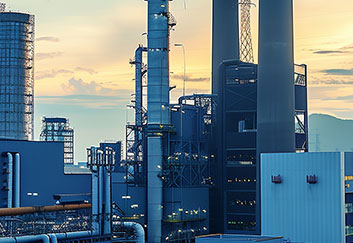
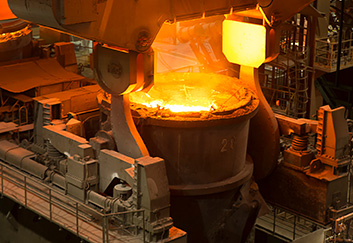
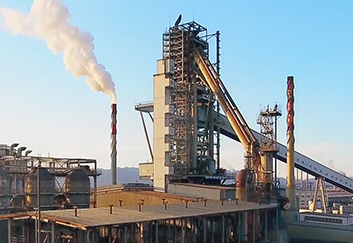
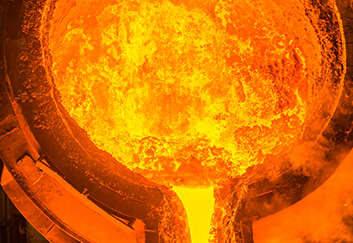
|
Model |
TX-1 |
TX-1A |
TX-2 |
|
|
Main chemical composition (%) |
Al2O3 |
≥70 |
≥75 |
≥68 |
|
SiC+C |
-- |
-- |
≥15 |
|
|
Volume density (g/cm3) |
110℃×24h |
≥2.65 |
≥2.75 |
≥2.65 |
|
1450℃×3h |
≥2.75 |
≥2.80 |
≥2.75 |
|
|
Linear change rate (%) |
110℃×24h |
-0.02-0.01 |
-0.02-0.01 |
-0.02-0.01 |
|
1450℃×3h |
-0.01-0.02 |
-0.01-0.02 |
-0.01-0.03 |
|
|
Flexural strength Mpa) |
110℃×24h |
≥3.5 |
≥3.5 |
≥3.5 |
|
1450℃×3h |
≥7.5 |
≥7.5 |
≥7.3 |
|
Highland Refractory classifies High Temperature Mending Materials based on application methods and target repair scenarios to address diverse high-temperature equipment damage, including Paste - type High Temperature Mending Materials (ideal for small cracks or surface wear on furnace walls, applied manually with a trowel), Spray - type High Temperature Mending Materials (suitable for large - area surface repair, such as cement kiln inner walls, using spraying equipment for quick coverage), and Ramming - type High Temperature Mending Materials (designed for filling deep gaps or damaged zones in steel ladles, compacted by ramming tools). Each type of High Temperature Mending Materials is formulated with high - temperature - resistant aggregates (like high - alumina clinker or silicon carbide) and fast - setting binders, ensuring it can adhere firmly to existing refractory substrates and cure rapidly even at elevated temperatures (ranging from 1200℃ to 1700℃) to restore equipment functionality.
Highland’s High Temperature Mending Materials offer distinct advantages for urgent high-temperature equipment maintenance: they enable on - site, rapid repair without the need for extensive equipment disassembly, significantly reducing downtime—critical for industries like steel or cement production where production interruptions cause heavy losses; they exhibit strong adhesion to various refractory substrates (including bricks, castables, and prefabricated parts), forming a seamless bond that prevents further erosion from molten slag or high - temperature gases; they also maintain excellent high - temperature stability after curing, with minimal linear shrinkage (<1%) and sufficient mechanical strength to withstand the same harsh conditions as the original refractory structure. These strengths make High Temperature Mending Materials a cost - effective solution for extending the service life of aging or damaged high-temperature equipment.
High Temperature Mending Materials are widely used across sectors requiring timely high-temperature equipment repair: in the steel industry, they repair small cracks on converter linings, blast furnace taphole surroundings, and tundish weirs, ensuring continuous molten steel production; in the cement industry, they mend surface wear on rotary kiln inner walls and preheater tubes, avoiding costly kiln shutdowns for full lining replacement; in the glass industry, they fix minor damage on glass furnace regenerator grids and burner ports, maintaining stable glass melting temperatures; in waste incineration plants, they patch eroded areas on furnace walls and ash discharge channels, preventing toxic gas leakage and ensuring safe operation. Each application leverages High Temperature Mending Materials’ ability to provide quick, reliable repairs in time - sensitive scenarios.
High Temperature Mending Materials (Highland) excel in targeted, rapid repair of existing refractory damage, with their flexible application methods (paste, spray, ramming) and fast - setting properties making them ideal for addressing urgent, localized issues (like small cracks or surface wear) without halting production for full equipment overhaul; Steel Fiber Wear Resistance Castable, by contrast, specializes in constructing new, wear - resistant linings for high - abrasion zones (such as cement kiln chutes or power plant ash hoppers), with embedded steel fibers delivering long - term toughness and resistance to heavy material impact. Each product serves distinct needs: High Temperature Mending Materials dominate emergency repair and maintenance tasks, while Steel Fiber Wear Resistance Castable leads in building durable, new wear - resistant structures.
Highland Refractory is a trusted producer of high-quality High Temperature Mending Materials, backed by 30+ years of refractory expertise—we source high - purity aggregates and advanced binders, using precise mixing technologies to ensure consistent performance (e.g., uniform adhesion and fast curing) across every batch; every type of High Temperature Mending Materials undergoes strict quality testing, including adhesion strength measurement, high - temperature compression tests, and slag resistance evaluations, meeting ISO 9001/CE standards. With an annual production capacity of 60,000 tons and services for 1,500+ clients across Asia, Africa, Europe, and Australia, we also tailor formulations (e.g., adjusting adhesion speed for different repair scenarios or enhancing corrosion resistance for specific industries) to match customer needs, ensuring our High Temperature Mending Materials deliver reliable repair results.
Choosing Highland Refractory for your High Temperature Mending Materials needs means accessing tailored support and efficient solutions: we offer customization (adjusting application type, curing time, and high - temperature resistance to fit your equipment—e.g., spray - type for large areas or paste - type for small cracks), fast delivery (3–7 days for standard types in stock, 10–15 days for custom formulations), and bulk discounts (5–10% off orders ≥5 tons). We also provide free samples, detailed technical data sheets (including application guidelines and curing temperature requirements), and 24/7 technical guidance, ensuring your High Temperature Mending Materials integrate seamlessly into repair projects and deliver quick, long - lasting results for damaged high-temperature equipment.
A: Yes, we do offer free samples of our High Temperature Mending Materials. You just need to cover the shipping cost to your address. For customized High Temperature Mending Materials with specific features like enhanced adhesion or different setting times, a small charge may apply, but it will be refunded if you place a substantial order later.
A: If you order our standard High Temperature Mending Materials that are in stock, you can expect delivery within 3 - 7 days. However, for customized High Temperature Mending Materials with unique requirements such as higher temperature resistance or a particular application consistency, it'll take 10 - 15 days as we'll need extra time for production and quality checks. For large - scale bulk orders, we'll work with you to determine an appropriate delivery schedule.
A: Our High Temperature Mending Materials are packaged with great care. They are first sealed in air - tight bags to prevent moisture from affecting their performance and setting characteristics. These bags are then placed in sturdy cardboard boxes or wooden crates depending on the quantity. The containers are clearly labeled with handling instructions such as "Keep Dry", "Handle with Care" and all the relevant product details.
A: We accept T/T (Telegraphic Transfer) and PayPal for payments. Similar to our other products, we require full payment before we dispatch the High Temperature Mending Materials. We are constantly exploring additional payment options to make it more convenient for our customers.
A: Absolutely. Every batch of High Temperature Mending Materials we produce undergoes strict quality control. You'll receive a detailed quality inspection report that includes information about its chemical composition, adhesion strength, setting time, and high - temperature performance. This will give you confidence in the quality of the product you're purchasing.
A: We're sorry if you receive damaged High Temperature Mending Materials. Please contact our customer service immediately and provide photos and a detailed description of the damage. We'll promptly arrange to replace the damaged product with a new, undamaged batch at no extra cost to you.
High alumina fine powder is a powder material with alumina (Al2O3) as the main component.
Sand mold sprue of cast steel and cast iron, sprue of molten mold casting, appearance...
Ceramic fiber board is a new type of refractory insulation material.
Lining coating is a functional material used on the surface of high-temperature equipment or facilities...